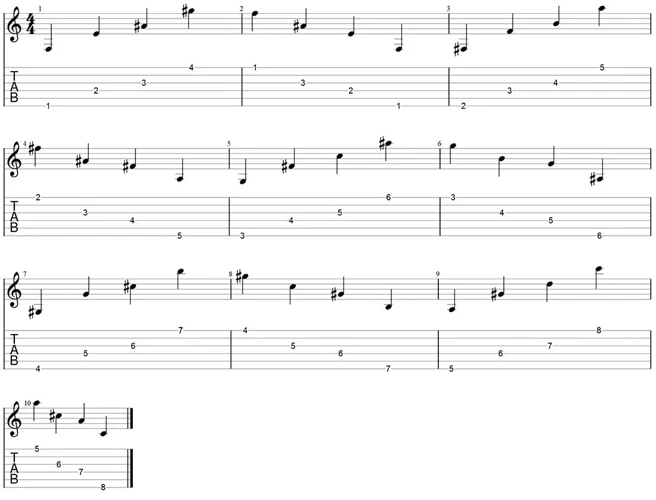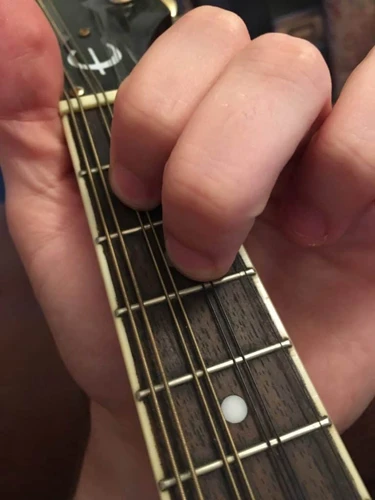Playing the guitar can be a deeply rewarding experience, especially when delving into the intricate world of fingerpicking. Country guitar, in particular, has a rich history and unique style that sets it apart from other genres. If you’re looking to improve your fingerpicking skills on the country guitar, this article is here to guide you through some essential tips and techniques to take your playing to the next level.
Understanding Fingerpicking Basics
Before diving into specific country guitar techniques, it’s crucial to have a solid understanding of the basics of fingerpicking. Fingerpicking, also known as fingerstyle guitar, involves using your fingers to pluck the strings individually, rather than using a pick. This technique allows for greater control over dynamics and expression, making it ideal for genres like country music.
Thumb and Finger Placement
One of the key elements of fingerpicking is mastering thumb and finger placement. Your thumb is typically responsible for plucking the bass strings, while your index, middle, and ring fingers are used to pluck the higher strings. Practice alternating between thumb and finger plucks to develop a smooth and consistent sound.
Right Hand Position
Maintaining the correct right-hand position is essential for efficient fingerpicking. Make sure your hand is relaxed and arched slightly, with your fingers hovering over the strings. This position allows for quick and precise movements when plucking the strings.
Developing Finger Independence
To excel in country guitar fingerpicking, it’s crucial to develop finger independence. This means training each finger to work independently of the others, allowing for intricate patterns and melodies to be played smoothly.
Exercises for Finger Independence
Practice exercises that focus on individual finger strength and coordination. Start by plucking simple patterns using each finger separately, then gradually combine them to create more complex sequences. This will help improve your overall finger dexterity and control.
Playing Scales with Fingerpicking
Another effective way to enhance finger independence is by practicing scales using fingerpicking techniques. Start with basic major and minor scales, plucking each note with a different finger. This exercise will not only improve your finger coordination but also familiarize you with different scale patterns across the fretboard.
Mastering Country Guitar Techniques
Country guitar is known for its distinctive sound and playing style, characterized by twangy tones and intricate fingerpicking patterns. To truly excel in country guitar fingerpicking, mastering specific techniques is essential.
Travis Picking
Travis picking is a classic fingerpicking technique commonly used in country music. Named after the legendary guitarist Merle Travis, this technique involves alternating the bass notes with the melody notes, creating a syncopated and rhythmic sound. Practice Travis picking patterns to add a dynamic flair to your country guitar playing.
Hybrid Picking
Hybrid picking combines traditional fingerpicking with the use of a pick, allowing for greater versatility and speed. In country guitar, hybrid picking is often used to achieve fast-paced licks and runs while maintaining a crisp and clear tone. Experiment with hybrid picking to incorporate a mix of picking styles into your playing.
Bending and Sliding
Bending and sliding are essential techniques in country guitar that add character and expression to your playing. Practice bending notes to reach higher pitches and create emotive bends characteristic of country music. Sliding between notes also adds a smooth and fluid quality to your melodies, making them more engaging and dynamic.
Embracing Country Guitar Repertoire
To truly immerse yourself in the world of country guitar fingerpicking, it’s essential to explore and learn from the rich repertoire of country music. Studying classic country songs and artists can provide valuable insights into the genre’s unique playing styles and techniques.
Transcribing Country Songs
Transcribing country songs by ear is a great way to understand the intricacies of fingerpicking patterns and techniques used by iconic country guitarists. Choose songs from artists like Chet Atkins, Merle Travis, and Brad Paisley to study their playing styles and incorporate elements into your own practice.
Creating Your Own Country Licks
Once you’ve familiarized yourself with country guitar techniques and repertoire, challenge yourself to create your own country licks and patterns. Experiment with different fingerpicking styles, scales, and techniques to develop a personalized sound that reflects your musical influences and creativity.
Looking to enhance your fingerpicking skills for country guitar? Check out our articles on beginner’s guide to electric guitar fingerpicking for country music, essential fingerpicking exercises for country guitar, building a pedalboard for country music, improving your guitar sound with country accessories, and hybrid picking techniques for country guitar for valuable tips and techniques to take your playing to the next level!
Conclusion
Improving your fingerpicking skills on the country guitar requires dedication, practice, and a deep appreciation for the genre’s unique style. By mastering fundamental fingerpicking techniques, developing finger independence, and embracing country guitar repertoire, you can elevate your playing to new heights and unlock the expressive potential of fingerstyle country music. So pick up your guitar, practice diligently, and let the twangy tones of country guitar fingerpicking transport you to the heart of this rich musical tradition.





